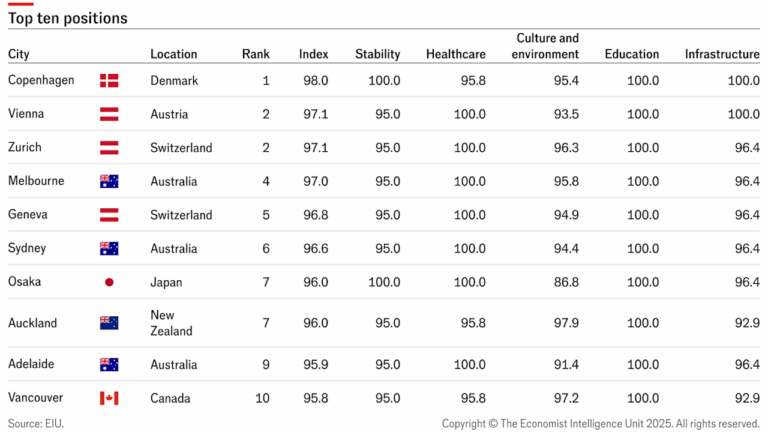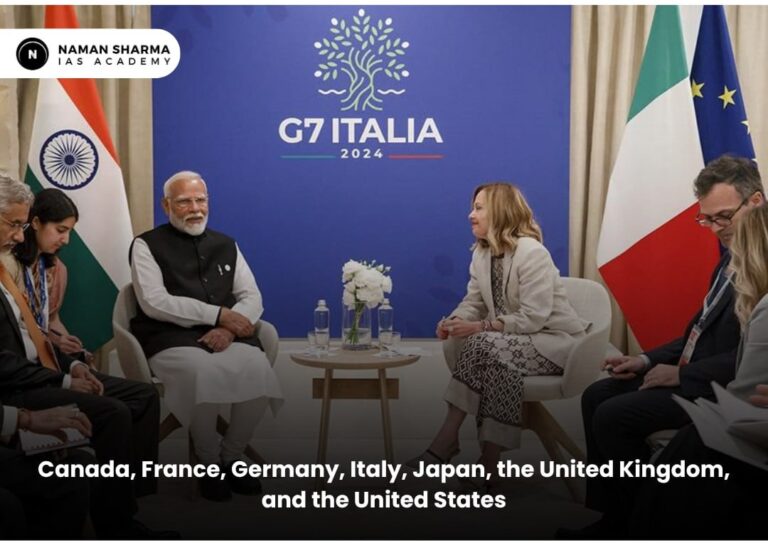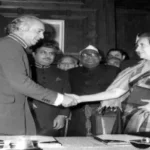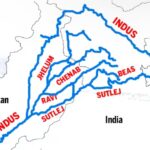INDIA’S BONDED LABOUR CRISIS -PERSISTENT STRAIN ON DEVELOPMENT
RELEVANCE: GS1 SOCIETY , GS2 SOCIAL JUSTICE SOCIOLOGY OPTIONAL SPECIAL : PAPER 2
PRELIMS SPECIAL: INTERNATIONAL LABOUR ORGANISATION (ILO)
CURRENT AFFAIRS – INTERNATIONAL LABOUR DAY 2025
CONTEXT
On International Labour Day, while the world celebrates workers’ rights, India confronts a grim reality: millions remain trapped in modern-day slavery through bonded labour. The
harrowing accounts of Mukesh Adivasi (Madhya Pradesh) and K. Themnozhik (Andhra Pradesh) expose systemic exploitation rooted in poverty, caste, and policy failures. This crisis, deeply embedded in India’s socio-economic fabric, demands urgent attention.

CAUSES OF BONDED LABOUR
- Poverty & Indebtedness:
Example: A 2023 Oxfam report found 80% of bonded labourers in Odisha’s brick kilns took advances (₹20,000–₹50,000) for medical emergencies or droughts. - Structural Vulnerabilities: Caste & Social Exclusion
SC/STs constitute 85% of bonded labourers (NCRB 2022).Dalits in Tamil Nadu’s manual scavenging and Adivasis in Chhattisgarh’s mines face systematic exclusion. - Informal Economy: 93% of India’s workforce is informal (ILO 2024), lacking contracts or social security. Migrant workers in Punjab’s farms or Gujarat’s factories are often trapped.
- Climate-Induced Migration: Droughts in Marathwada (2023) displaced 2 lakh farmers pushing many into bonded labour in Surat’s textile units
- Policy-Practice Gap:
● Bonded Labour System (Abolition) Act, 1976: Despite criminalizing
bonded labour, only 0.07% of 1.84 crore bonded labourers were
rescued (2016–2021).
● Labour Codes, 2020: Diluted collective bargaining rights,
worsening informal workers’ plight. - Global Shame:
● India ranks 1st globally in modern slavery (11 million victims, per
2023 Global Slavery Index).
PRELIMS FOCUS : INTERNATIONAL LABOUR ORGANISATION
- About: It was established in 1919 as part of the Treaty of Versailles that concluded World War I.
- Goal: To promote social justice and internationally recognised human and labor rights
- Headquarters: Geneva, Switzerland.
- Member States: The ILO has 187 state members.
- Status of India in ILO: India was a founding member of the International Labour Organisation and has served as a permanent member of its Governing Body since 1922.
- Flagship reports: Global Wage Report and World of Work Report.
Constitutional Provisions:
● Article 21: Right to Life and Personal Liberty.
● Article 23: Prohibition of traffic in human beings and forced labour.
● Article 39: State to secure the health and strength of workers, men and women, and to see the tender age of children are not abused and that citizens are not forced by economic necessity to enter avocations unsuited to their age or strength.
WAY FORWARD
1. Strengthen Legal Frameworks and Enforcement
- Fast-Track Courts: Establish dedicated courts for speedy resolution of bonded labour cases. Example: Telangana’s initiative to resolve 120 cases in 6 months.
- Training Law Enforcement: Integrate modules on bonded labour in training
- programs like SVPNPA (Sardar Vallabhbhai Patel National Police Academy).
2. Enhance Rehabilitation Mechanisms
- Central Sector Scheme for Rehabilitation: Example: Kerala’s Nava Keralam Karmapadhdhi integrates rescued workers into skill development programs.
3. Financial Inclusion and Poverty Alleviation
- Expand Jan Dhan Yojana
- Promote SHGs: Leverage National Rural Livelihood Mission (NRLM) to empower communities through collective savings and credit access.
4. Education and Awareness:
- SC/ST Sub-Plan Example: Tamil Nadu’s Ambedkar Employment Scheme for SC/ST entrepreneurs.
- Community Vigilance Committees: Involve local leaders and NGOs like Bachpan Bachao Andolan to monitor hotspots like brick kilns and farms.
5. Technology-Driven Monitoring
- National Database: Track bonded labour cases through platforms like UMANG App for real-time reporting and coordination.
6. Corporate Accountability
- Strengthen CSR Mandates: Redirect CSR funds under Companies Act, 2013 to rehabilitate bonded labourers. Example: Tata Group’s collaboration with NGOs in Jharkhand’s mica belt.
7. International Collaboration
- ILO Partnerships: Ratify Forced Labour Protocol, 2014 and adopt ILO’s technical guidance. Example: Karnataka’s partnership with ILO to train officials.
Contemporary Dynamics
1. Neoliberalism and Informalization
- Post-1991 reforms intensified informalisation, with 93% of India’s workforce lacking social security (ILO). Platforms like Urban Company replicate bonded relations in the gig economy, where algorithms dictate wages (Uberization of Labour – Guy Standing).
2. Climate Migration and Vulnerability
- Droughts in Marathwada (2023) pushed OBC smallholders into bonded work in Surat’s textile mills, reflecting Ulrich Beck’s “risk society”—where environmental crises deepen social inequities.
3. Global Care Chains (Arlie Hochschild)
- Kerala’s nurses in Gulf countries under the kafala system face passport confiscation and sexual abuse, mirroring Hochschild’s “emotional labour” commodified across borders.
CONCLUSION
To dismantle it, we need not just laws but a sociological imagination (C. Wright Mills) that redefines dignity beyond GDP. As Marx warned, “Social progress can be measured by the social position of the female sex”—perhaps true freedom lies when a Dalit woman in a kiln can say “naam bhoomiheen hain, par swabhimani bhi” (We are landless, but not without self-respect).
MAINS PRACTICE QUESTION
Q.”Bonded labour in India is not merely an economic issue but a manifestation of deep-rooted social hierarchies and governance failures.” Critically analyze this statement in the context of constitutional provisions, socio-economic factors, and the effectiveness of measures to eradicate bonded labour. (15 marks)
Also Read : India’s Population Hits 146.39 Crore: UNFPA Report 2025







